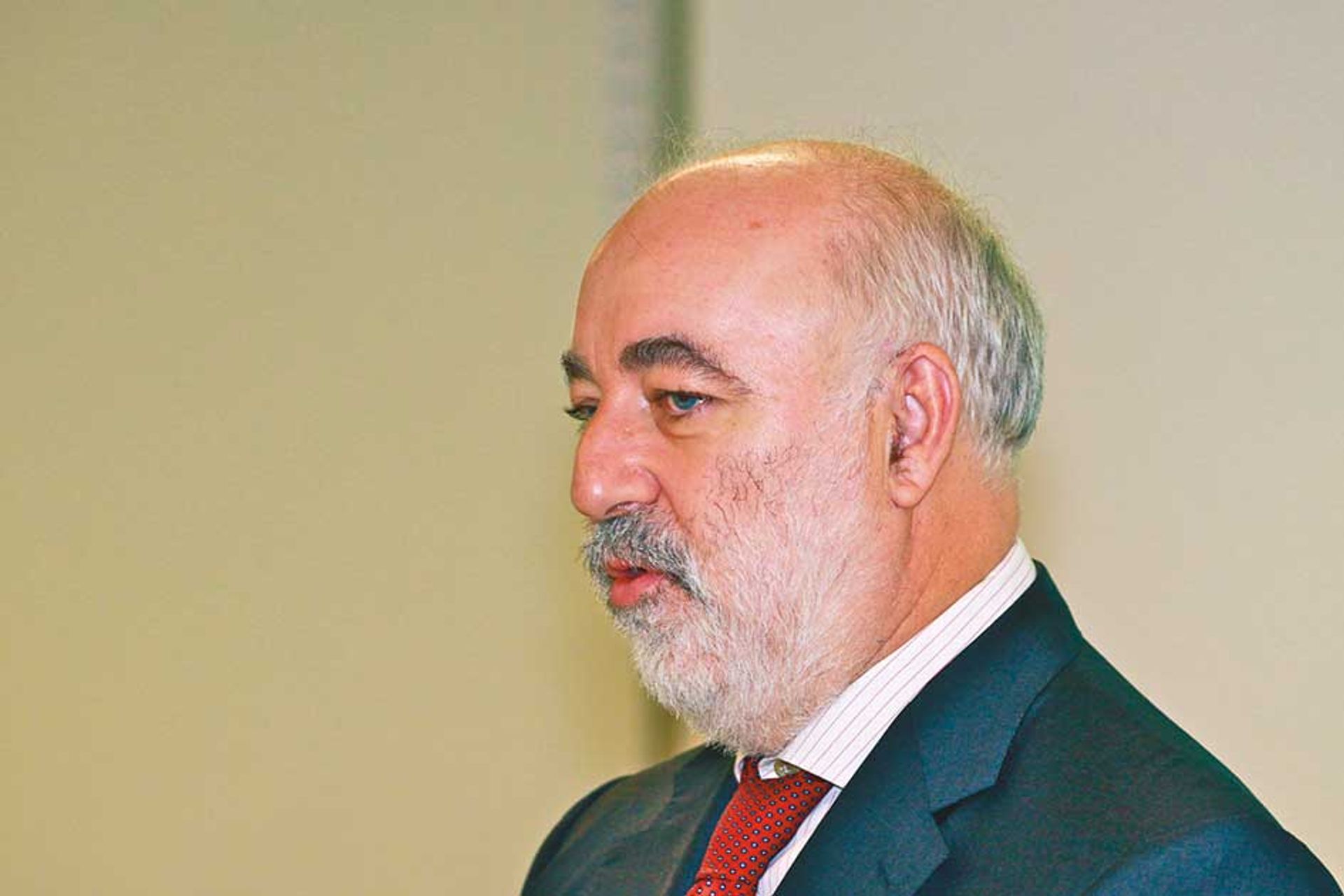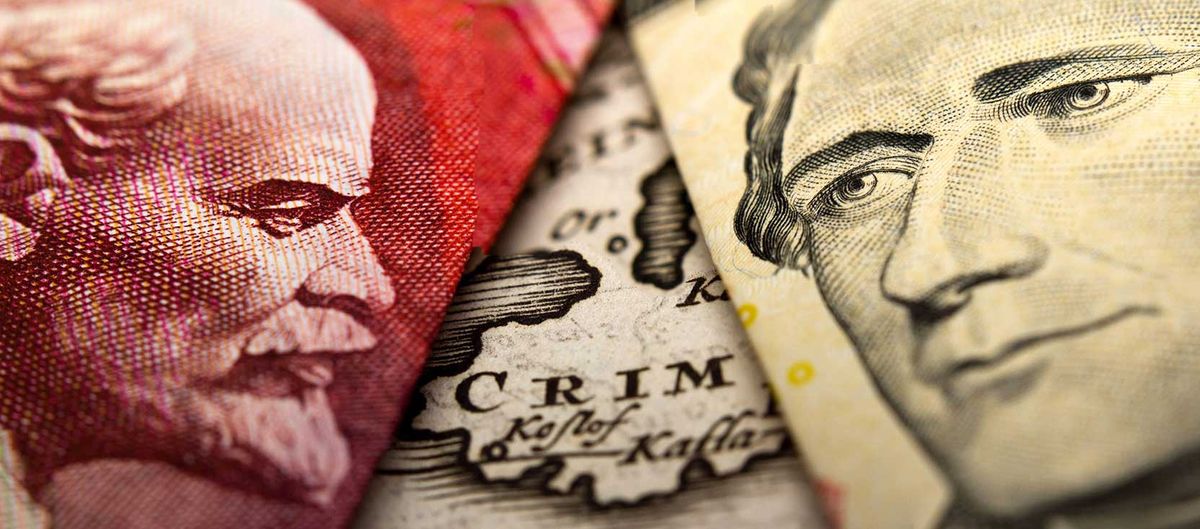This month marks a year since leading art market jurisdictions, including the US, UK, European Union and Switzerland, began imposing sanctions on Russia in response to the country’s invasion of Ukraine.
Recent enforcement of sanctions and bans has been vigorous. Last month, Bloomberg reported that federal prosecutors in New York have subpoenaed several auction houses for years of sales records as part of ongoing efforts to identify violators of Russian sanctions. Among the ultra-rich named are Russian tycoons Andrey Melnichenko, Viktor Vekselberg and Roman Abramovich, as well as the Ukrainian billionaire Ihor Kolomoisky.
Auction houses linked to the probe have not been identified, but the major companies all say they make comprehensive checks on their clients to strictly comply with all applicable laws and regulations.
Indeed, in order to not be exposed to criminal liability and given the rapid changes and frequent updates to the sanctions lists, it is crucial for art businesses to closely monitor announcements and developments in government legislation. In fact, some art market participants apply a “belt and braces” approach to sanctions checks by searching their lists twice: first at the time of commitment to buy or sell and again just before sending or accepting the payment.
Another twist to sanctions compliance is that one must comply with the sanctions wherever one transacts, and this is particularly relevant for art advisers and dealers who travel from one country to another for fairs or other events. Travelling often ends up requiring the art market participant to further expand the scope of checks: not only the sanction list in their home country, but also the list in the jurisdiction in which the transaction takes place—and possibly where the client is based.
Ban on luxury goods
Luxury goods bans are another weapon in the government enforcement arsenal responding to the Russian invasion of Ukraine. These have also been implemented across the EU, UK, US and Switzerland. Like sanctions, bans apply generally and not just to regulated entities. The bans prohibit the sale, or supply of luxury goods to parties in Russia or Belarus, priced above 300 euros, francs in Switzerland, pounds in the UK, and dollars in the US.
The UK has an additional bow in its quiver to the standard ban in effect in the EU, US and Switzerland: the UK also prohibits trade with any person “connected” to Russia. Although the legislation does not precisely define “connected”, a likely interpretation is that “connected” includes individuals living, working and paying taxes in Russia, as well as those who spend a significant amount of time there. Rather more troubling is the possibility that “connected” to Russia includes those Russians who are living and working in the UK, but paying taxes in Russia. To reduce the risk of violating this ban, art market participants have to ask clients rather personal questions prior to concluding a transaction.

Russian tycoon Viktor Vekselberg has been named by federal prosecutors in New York
Photo © Jürg Vollmer
One of the most unfortunate situations involves works that were bought by Russian clients before the war started; but were not shipped by the time the sanctions were issued. Such transactions are likely to remain in limbo for a long time. Although in some limited situations one may receive approval to act with or for a sanctioned party, art purchases are unlikely to fall within those exceptions. Licences are typically granted for goods that are necessary for civilian use and diplomatic missions in Russia.
When Russia annexed the Crimea in 2014, there was also a flurry of sanctions against Russia. Having discovered that the 2014 sanctions were evaded, however, governments have broadened the scope of enforcement to include “enablers” or those who help individuals circumvent sanctions. In the past, lawyers and accountants were considered enablers, but art advisers are now also mentioned alongside the other professional advisers.
The traditional refrain about the art market has been that it is the last unregulated market. This refrain was never entirely accurate, but now it is less and less correct. Not only do various laws like sanctions and bans apply to the art market more broadly, but much of the art market is subject to anti-money laundering regulations. The US has already enacted the Anti-Money Laundering Act, adding antiquities traders to the US money laundering regulated sector, and a law adding art and collectibles is under consideration. So, bit by bit, it seems that, in fact, the art market is indeed becoming more regulated.
• Paula Trommel is the deputy director of Corinth Consulting, London


